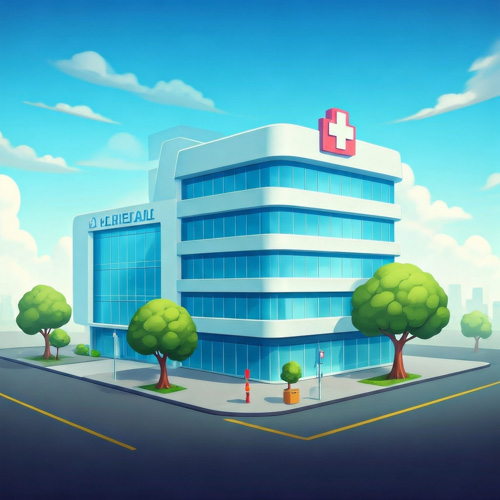It seems the inevitable is happening. The generation that perfected the eye-roll is now staring down the barrel of 60. A recent piece from the sharp satirists at McSweeney’s landed with painful, hilarious precision. Titled “Signs You Are a Gen-Xer Who’s About to Turn Sixty,” the article serves as a comedic gut punch for those of us of a certain age.
A Mirror We Didn’t Ask For
Lisa Borders, the author, has created a brilliant and cringe-inducing list. It’s an inventory of our current state. Her words hold up a mirror, showing how our youthful “whatever” attitude has morphed into a resigned “well, this is happening.”
Borders masterfully captures the ironies that define our generation. Consider our music collections. They were once rebellious statements on cassette tapes and CDs. Now, they are museums of obsolete audio formats. Think about hearing a lyric like Trent Reznor’s “I want to fuck you like an animal.” Your first thought might be that the creator is, like us, nearing his seventh decade. Youthful angst simply hits differently when your own joints snap, crackle, and pop.
The Middle Child Generation Ages
The piece humorously notes that for a generation largely ignored, our entry into senior citizenry is met with a cultural shrug. This is, as Borders points out, “both the least surprising and most Gen-X thing ever.” We were the latchkey kids. We were the middle children of generations. It seems we are destined to quietly let ourselves into the AARP house, too.
Our Shared, Cynical Journey
Beyond the gallows humor, the article taps into a deeper truth. Our journey has been unique. We navigated the shift from analog to digital. We witnessed the end of the Cold War and the beginning of the culture wars. Through it all, we maintained a healthy dose of skepticism. These shared experiences forged a unique sensibility. We now apply that same sensibility to the indignities of aging.
So, what now? We find ourselves on more medications than our parents. Our “whatever, nevermind” mantra is now a genuine response to daily aches and pains. Yet, there is comfort in the shared, slightly bitter, laughter. We may not have had a Woodstock. But we have a unique brand of resilience. We have a finely tuned sense of irony to carry us into this next chapter. As we reluctantly trade our Doc Martens for something with more arch support, we can at least take solace in being in on the joke.










